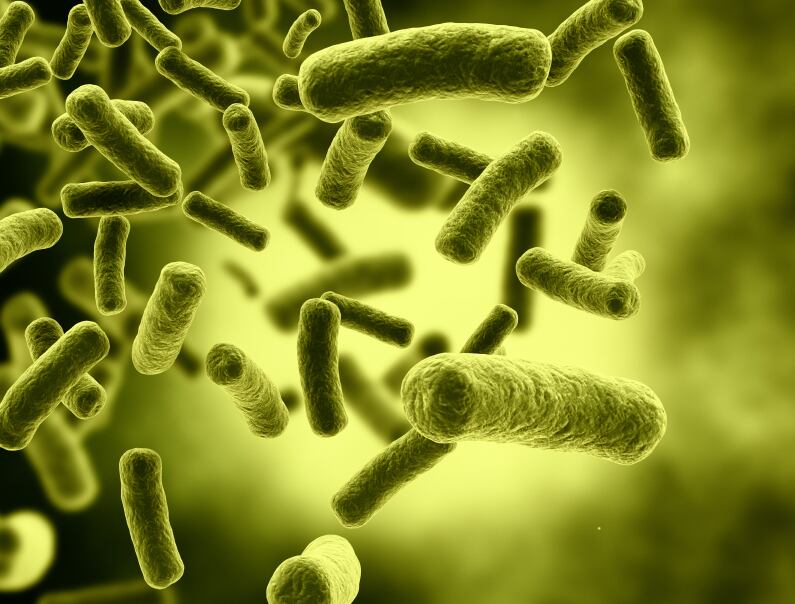The results, compiled after researchers noted the beneficial effects of transferring dysbiotic gut microbiota from either obese or lean mice to healthy mice, were observed principally in the liver.
In addition, transferring of obese‐mouse microbiota induced long-term changes in both the gut microbiota and the microbiome of recipient mice.
“Our observation may encourage a new debate on the role of gut microbiota dysbiosis in the induction of metabolic diseases,” said Matteo Serino, researcher at the Université Paul Sabatier in Toulouse, France.
“Our results showed that the gut barrier is not affected by transferring the gut microbiota into a conventional mouse.”
The findings go against much evidence that has indicated dysbiotic bacteria’s role in triggering conditions such as type 2 diabetes and obesity.
In addition, there is also clear evidence that gut microbiota dysbiosis impacts the liver by promoting hepatic steatosis, a common feature of metabolic syndrome.
The team believed that not only did they think dysbiosis was not necessarily harmful, it may even lead to metabolic adaptions that protect the body against disease.
Transferring microbes

Using normal, healthy mice, which had not previously been treated with antibiotics, the researchers began transplanting dysbiotic microbiota from mice on high-fat diets to these healthy mice.
They found that the glucose production in the liver was reduced rather than increased.
In a second series of experiments, the researchers also transplanted dysbiotic microbiota from obese mice to healthy mice and then put these mice on a high-fat diet.
In normal circumstances, a high-fat diet would lead to weight gain.
However, the body mass of mice that had received dysbiotic microbiota remained unchanged.
The team noticed the mice’s adipose tissue had smaller fat cells, indicative of increased plasma free-fatty acids.
“This result suggests that a genetic vs. nutritional dysbiosis of gut microbiota may have a divergent metabolic impact on white adipose tissue,” the team put forward.
The study’s observations have been noted before. Mice given the microbiota from other mice fed a high fat diet, showed higher plasma levels of lactate and pyruvate – two indicators of reduced hepatic glucose production.
Gut barrier protection
In trying to explain the other findings of their study the team put forwards the idea that the functional gut barrier and mature immune system of a conventional mouse may better manage dysbiotic gut microbiota than in microbiota-free (axenic) mice.
This may result in a more efficient immune response.
“Moreover, gut barrier impairment is essential for dysbiosis‐induced metabolic alterations,” the paper added.
“Hence, hyper‐permeability and altered villi architecture typifying axenic intestine may favour an uncontrolled spread of both bacteria and their antigens.
“This may trigger a metabolic inflammation responsible for dysbiosis‐induced metabolic alterations reported in axenic mice.”
This explanation was confirmed by the study’s results that showed the gut barrier was not affected by the transplantation of gut microbiota into a conventional mouse.
Source: Molecular Systems Biology
Published online ahead of print: DOI 10.15252/msb.20167356
“Transfer of dysbiotic gut microbiota has beneficial effects on host liver metabolism.”
Authors: Matteo Serino et al
